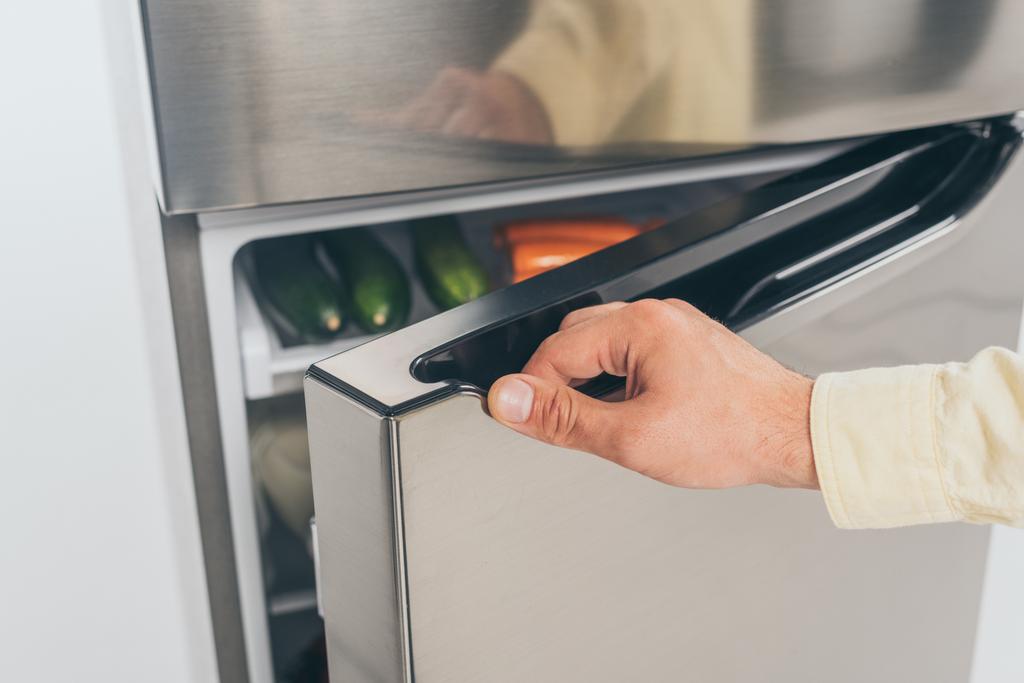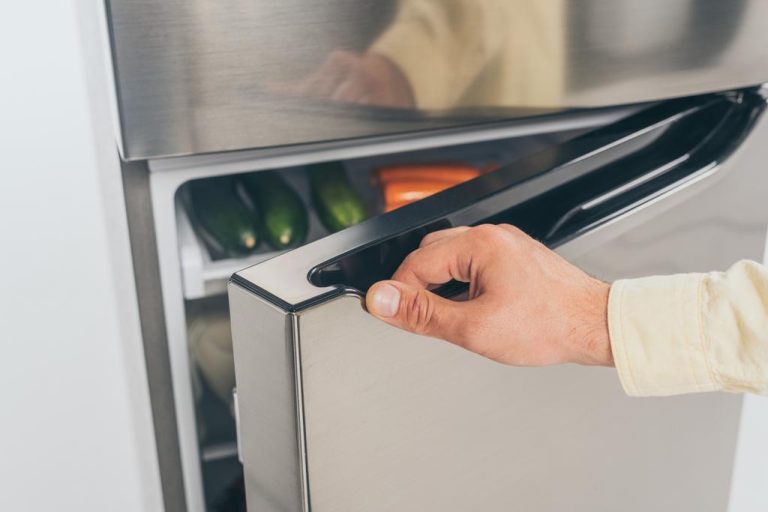The refrigerator is often responsible for high power consumption. With a high-quality device, you can save a lot of energy in the long term and reduce CO2 emissions. But when is a new device due?
The electricity consumption of refrigerators and freezers
There is a perception that a refrigerator needs a new model every 10 to 15 years. But that’s not necessarily true. If the old refrigerator is an energy-saving model, it can still have acceptable consumption values today – especially if you operate it in a cool location.
In any case, it is advisable to get to the bottom of the energy consumption with a power meter. Basically, modern, efficient compressors get by with significantly less energy than the old devices. This is confirmed by a short study on the electricity efficiency of old and new refrigerators and freezers carried out by the Freiburg-based consulting company Ö-quadrat on behalf of the North Rhine-Westphalia consumer advice centre. A total of 1069 devices, 884 of which were free-standing and 185 built-in, were tested.
The results of the study are unequivocal: the power consumption of refrigerators has fallen continuously since the early 1990s. Here is the comparison: around 30 years ago, a standard refrigerator with a freezer compartment consumed 410 kilowatt hours (kWh) per year. The average consumption of a new appliance today is only around 40 percent of that and is around 170 kWh per refrigerator. The other types of appliances, such as refrigerators without a freezer compartment and large fridge-freezer combinations, also show significantly lower power consumption in new appliances. Information on how to select the right cooling device and how to use it is provided by the NRW consumer advice center.
Device type, location and temperature setting are crucial to save costs and energy
A model calculation by shows exactly the difference: the price of a kWh is just under 42 cents today, compared to just 30 cents in 1990. In 1990, a refrigerator cost 123 euros in electricity per year. The same device with the same consumption in 2022 is 172.20 euros. What is not taken into account is that the power consumption of cooling devices increases significantly over the years. This is mainly due to the aging of the insulation material. With older devices, defects such as leaking doors or heavily dusty cooling grids can also lead to increased consumption. The age-related additional consumption is estimated at around one percent per year of life. With the recommended measuring device you can check the power consumption and decide whether it is worth buying a new device.
The advice from energy expert Gerhild Loer from the consumer advice center in North Rhine-Westphalia is clear: “If you have a refrigerator with a freezer compartment as a free-standing appliance, replacing it after around 15 years is worthwhile. For built-in devices, this only applies from the age of 20, due to the higher acquisition costs”.
She has even more tips up her sleeve to save electricity when operating a refrigerator. The temperature setting is seven degrees Celsius for the refrigerator and minus 18 degrees Celsius for the freezer. “The location of the device must also be taken into account. The less sunlight falls on the refrigerator, the less the cooling unit has to work. This saves electricity in the long term and efficiently extends the performance of cooling devices,” explains Loer.

